Yes, 5G is here – and it’s a revolution.
But it’s also an evolution.
The thing with advanced-generation mobile networks is that they are usually built in layers, generation after generation.
The reason for that is that there are very few greenfield mobile networks in our era.
For 4G, the single significant greenfield, globally, was Reliance Jio Infocomm (Jio) that launched service in India late 2016 (and which has had amazing success, lately becoming India’s largest mobile operator with over 370M subscribers!).
For 5G, it appears there are two significant greenfield operators globally – Rakuten in Japan and Dish in the US.
In contrast to those few greenfield operators, brownfield operators look at the huge potential of 5G and the great 5G challenges ahead of them in the context of their network and service evolution. That is, how to evolve their infrastructure in a manner that will maximize the use of existing equipment and resources while leveraging their recent (and less recent) infrastructure investments.
This brings us, again, to the great need for flexibility. In our previous post, we discussed the first flexibility metric – spectrum flexibility
A flexible solution allows operators to overcome 5G challenges regardless of their opening point or installed base. Which brings us to the second flexibility metric in the Ceragon flexible hauling solution – disaggregated wireless hauling.
Disaggregated wireless hauling allows multiple dimensions of flexibility.
- You can upgrade any existing microwave link to a multiband solution (a single link, using layer-1 carrier bonding in an all-outdoor or split-mount configuration). Such a solution combines the ultra-high capacity of E-Band (up to 20Gbps with Ceragon’s IP-50E) with the superior range and availability of the microwave carrier, without changing your existing microwave gear, no matter the vendor.
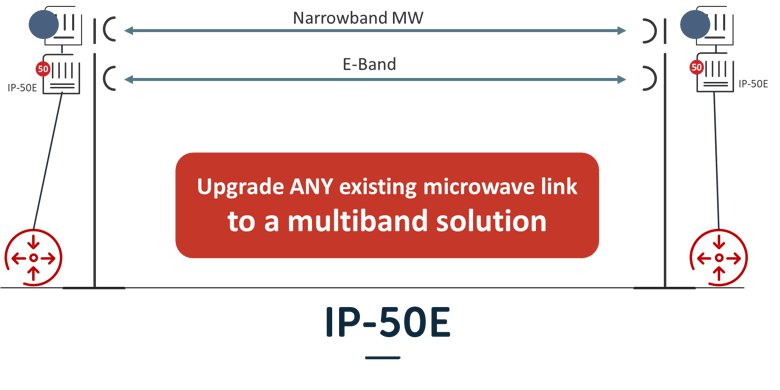
- You can also upgrade your existing narrowband microwave link to a wider-band microwave link, leveraging a different band, in which wider channels are available (112MHz and even 224MHz) with Ceragon’s IP-50S universal radio. Once again you get a single link, using layer-1 carrier bonding in an all-outdoor or split-mount configuration, and there’s no need to replace your existing microwave gear (regardless of vendor).
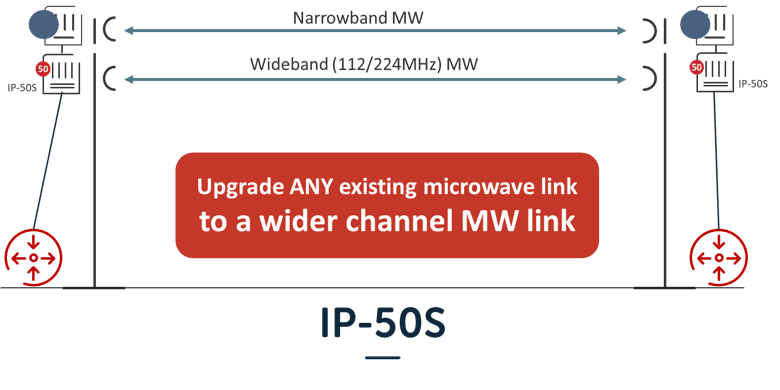
- If 2 carriers are not enough, but you still want to maintain your all-outdoor site, you can upgrade your existing narrowband microwave link to a 4+0 configuration with Ceragon’s IP-50C universal radio. Once again, you get a single link, using layer-1 carrier bonding in an all-outdoor or split- mount configuration, with no need to replace your existing microwave gear (no matter the vendor).
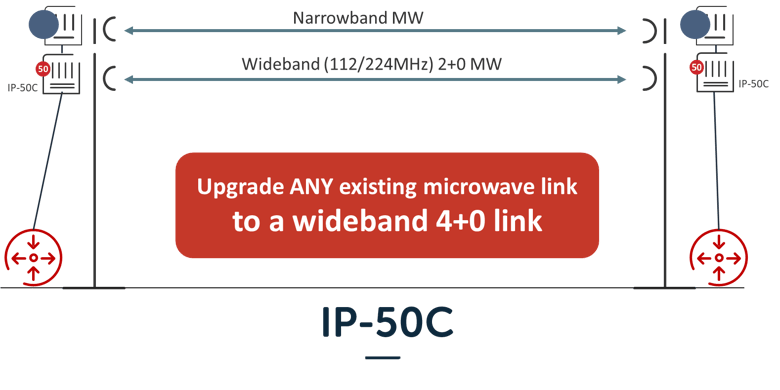
- The flexibility also allows you to use any existing routing infrastructure. Now, with your existing stand-alone cell switch router (CSR), you can leverage 4+0 configurations based on layer-1 carrier bonding.
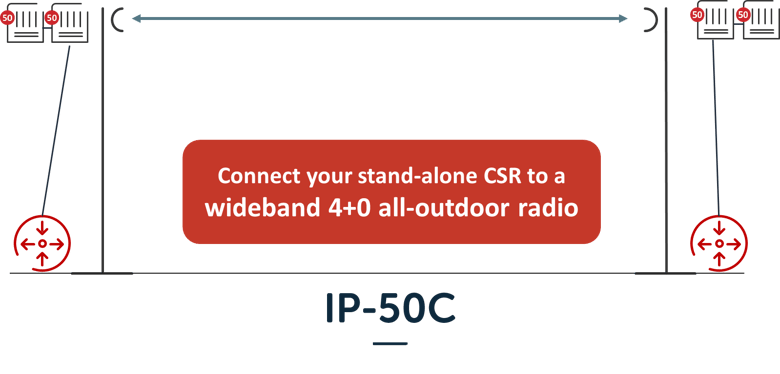
- And finally, as an alternative, you can integrate your CSR into your wireless hauling node, leveraging the IP-50FX.
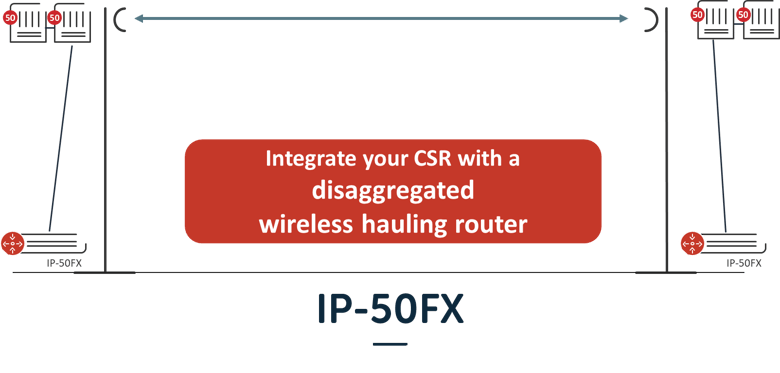
To conclude, when planning your 5G network evolution, your existing network infrastructure plays a major role (well, unless you are Rakuten or Dish). Here, flexible wireless hauling is required to make sure your past investments and current infrastructure are used optimally.
In our next blog post, we will discuss the last flexibility metric required in 5G networks – software-defined networking (SDN).

